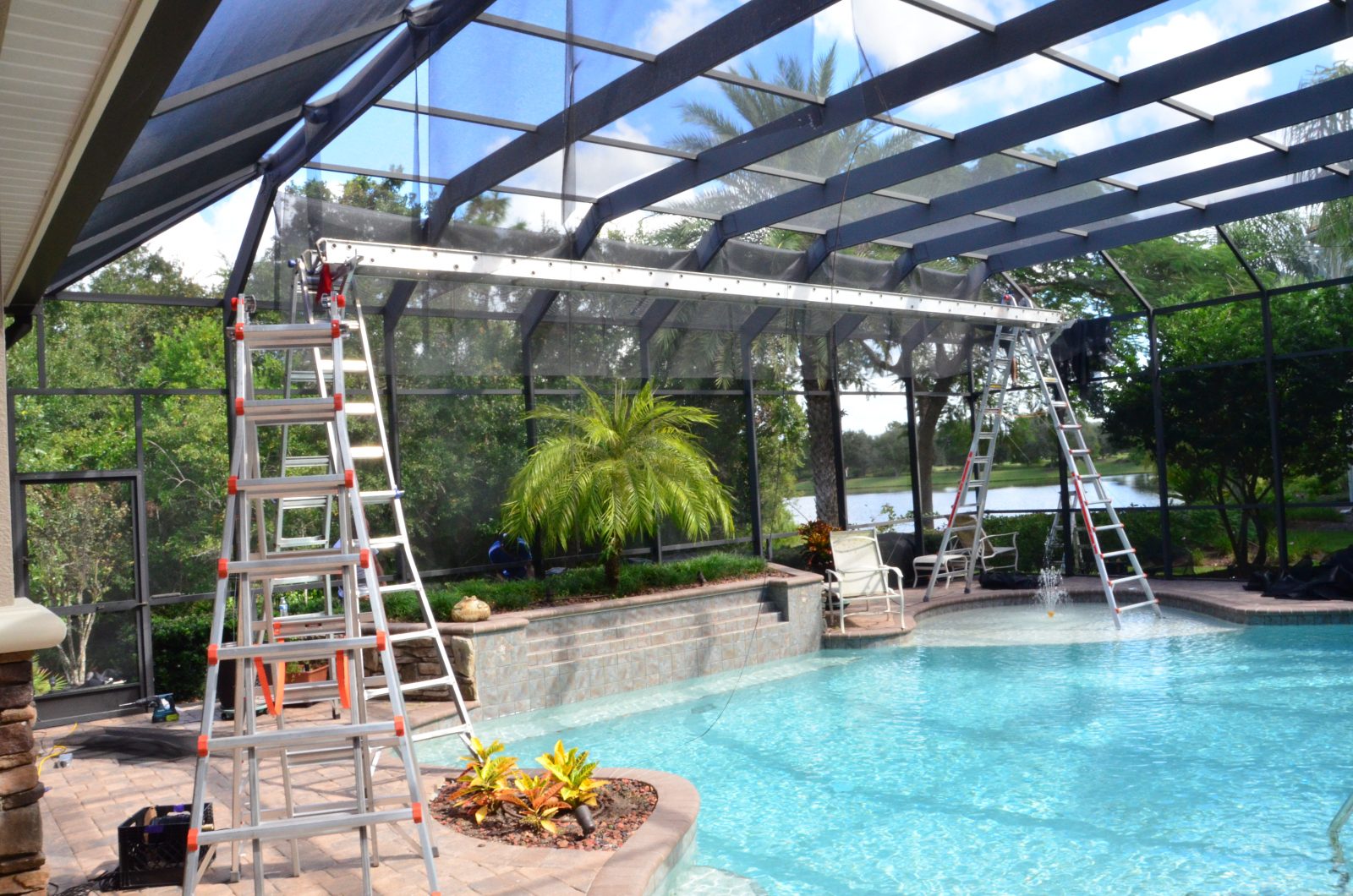Maintaining a pool cage screen is essential for maximizing the enjoyment and safety of your pool area. A well-maintained screen acts as a barrier against insects, debris, and harsh UV rays while also enhancing the aesthetic appeal of your backyard. However, screens can suffer damage from various sources, including weather conditions, accidental impacts, or general wear and tear. Recognizing when your pool cage screen needs attention is crucial to preserving its function and appearance. By addressing issues promptly, you can ensure a clean, safe, and enjoyable pool environment for your family and guests, preventing small problems from escalating into larger, more costly repairs.
Recognizing Damage: When to Take Action
Recognizing the signs of damage to your pool cage screen is the first crucial step toward timely repairs. Common indicators of damage include visible tears, holes, sagging, or discoloration. Strong winds can cause such issues as falling branches or prolonged exposure to the sun’s ultraviolet rays, which can weaken the material over time. Additionally, loose or broken frame components can compromise the structural integrity of the entire screen. Regular inspections, particularly after severe weather, are essential to identifying potential problems early. Catching these issues promptly not only prevents further deterioration but also helps you plan and budget for necessary repairs, ultimately saving you both time and money in the long run.
DIY vs. Professional Repairs: Weighing Your Options
Choosing between DIY repairs and hiring a professional can be a difficult decision. DIY repairs can be cost-effective and satisfying, especially for minor issues like small tears or loose screws. However, repairing a pool cage screen requires specific tools, materials, and a certain level of expertise. For more significant repairs or structural problems, hiring a professional is often the best course of action. Professionals have the knowledge, experience, and equipment to handle complex pool cage screen repairs efficiently and safely. They can also provide valuable advice on maintenance and preventive measures, ensuring the longevity and durability of your pool cage screen.

Preparing for Repairs: Tools and Materials
Before beginning any repair work, it’s crucial to gather all necessary tools and materials. For those undertaking DIY repairs, essential items include a replacement screen, spline (the rubber or vinyl cord that holds the screen in place), a spline roller, scissors, and a utility knife. If the frame is damaged, you might also need a drill, screws, and metal brackets. Ensure you have a stable ladder for working on elevated sections. Having all the required tools at hand before starting will streamline the process and reduce the risk of accidents. If opting for professional repair services, verify that the company uses high-quality materials to ensure a long-lasting repair
The Repair Process: Step-by-Step Guide
Repairing a pool cage screen involves several steps to ensure effective and lasting results. Start by identifying the extent of the damage. Carefully take out the old screen, avoiding damage to the frame. Measure the new screen material, leaving a few extra inches on each side for adjustments. Lay the new screen over the frame and use a spline roller to press the spline into the groove, securing the screen firmly in place. Trim any excess screen material with scissors for a neat finish. If the frame is damaged, tighten any loose screws and replace broken components with new ones. Ensure all parts are securely fastened to prevent future issues, maintaining the screen’s integrity and appearance.
Maintenance Tips for Longevity
Once your pool cage screen is repaired, regular maintenance is key to extending its lifespan. Clean the screen periodically to remove dirt, dust, and debris using a soft brush or a vacuum cleaner with a brush attachment. Avoid using harsh chemicals that could degrade the screen material. Trim nearby trees and bushes to reduce the risk of damage from falling branches. During extreme weather conditions, inspect the screen and frame for any signs of stress or damage. Promptly address minor issues before they escalate into major problems. Consistent care and attention will ensure your pool cage screen remains effective and attractive for years to come.
Conclusion:
A well-maintained pool cage screen not only enhances the beauty of your pool area but also ensures a safe and comfortable environment for swimming and relaxation. By promptly addressing any damages and conducting regular maintenance, you can prevent potential hazards and extend the lifespan of your pool cage screen. Whether you choose to undertake repairs yourself or hire a professional, the effort invested in maintaining your pool cage screen will pay off in the long run. Enjoy your pool with peace of mind, knowing that your pool cage screen is in excellent condition, providing the perfect sanctuary for outdoor leisure.






